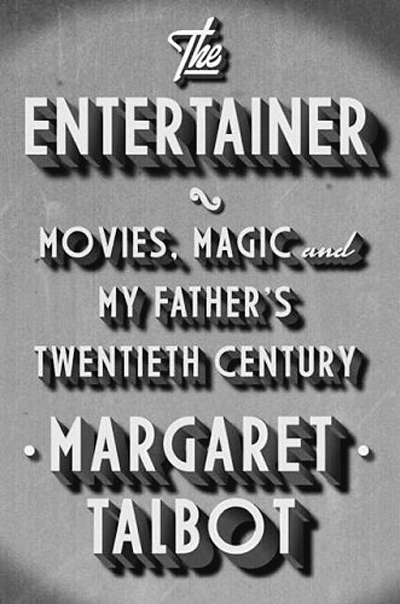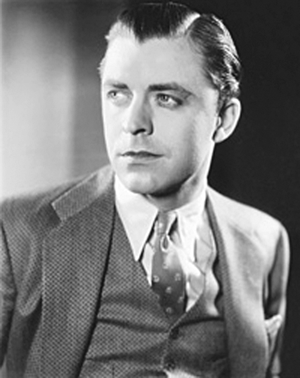BY DOUGLASS K. DANIEL
Associated Press
Part biography and part Hollywood history with a side of Americana, “The Entertainer” might be the most engaging book you’re likely to read about someone you’ve never heard of, whose a movie star to boot.
Actor Lyle Talbot was indeed a star, in the 1930s, yet it’s difficult to pick out a significant film from the two dozen or so he appeared in before he turned mainly to television and the regional stage, performing well into his 80s. Surely, though, he has stories to tell after working with Humphrey Bogart, Bette Davis, Spencer Tracy, Shirley Temple, Barbara Stanwyck and other screen greats.
While passing along those tales, his daughter Margaret Talbot, a writer for The New Yorker, broadens her scope by linking her father’s life and career to how people sought entertainment in 20th-century America and the kinds of characters who provided it.
Lyle Talbot (1902-1996) was raised in tiny Brainard, Neb. After a stint with a carnival as a young teenager, he began performing as a hypnotist’s assistant — the act involved a bit of fakery — and by 18 had his first role in a play. It was almost his last: Instead of delivering a stage punch, he actually knocked out the leading man of the melodrama “Her Other Husband,” who was also the co-owner of the company. Talbot accepted a cut in pay in lieu of being fired and eventually was allowed back onstage. Appearing in regional productions and theater troupes, he learned the craft and worked his way to New York.
Even after finding his groove as an actor, Talbot was still a bit of a wide-eyed kid from Nebraska. He was a partygoer and ladies’ man, but he was so put off, even frightened, by actress Mae West’s in-your-face sexuality that he hid out for a week to avoid joining the road company of “Sex,” her latest scandalous play.
Talbot scored a screen test in 1931 at Warner Bros. He chose to perform a scene from “Louder, Please,” a Broadway play that, unbeknownst to him, was a scathing parody of Warner production chief Darryl Zanuck. Luckily for Talbot, Zanuck was amused and director William Wellman so enjoyed the idea of tweaking Zanuck, even if unintentionally, that he cast Talbot in his next film on the spot. That led to a slew of movies in the early years of talking pictures.
Talbot’s daughter writes less about his famous co-stars than the environment in which they worked. Of particular interest are the so-called pre-Code Hollywood films — “Three on a Match” and “Heat Lightning” are two of Talbot’s — that were made after the formation of self-censorship rules in 1930 and their actual enforcement in the mid-1930s. Bad guys and girls might go unpunished, crime and other misdeeds paid rather well, a woman might put career ahead of marriage and sex was often more than suggested.
Margaret Talbot doesn’t shy away from considering her father’s limitations as a performer. He joined those actors unhappy with the unbridled demands of the studios in founding the Screen Actors Guild, which didn’t enamor him with Warner Bros. While good-looking and talented, he lacked the screen presence to become a major star and wasn’t clever about nurturing his career. He accepted practically any role, especially from the 1940s on, when he was no longer under contract. That’s how he ended up in films directed by cult figure Ed Wood, one of them the infamously awful “Plan 9 From Outer Space.”
Lyle Talbot never lost the thrill that came from performing. His daughter provides an endearing and insightful portrait of an actor and a father — and of a country that always enjoyed the thrill of being entertained.
Send questions/comments to the editors.




Success. Please wait for the page to reload. If the page does not reload within 5 seconds, please refresh the page.
Enter your email and password to access comments.
Hi, to comment on stories you must . This profile is in addition to your subscription and website login.
Already have a commenting profile? .
Invalid username/password.
Please check your email to confirm and complete your registration.
Only subscribers are eligible to post comments. Please subscribe or login first for digital access. Here’s why.
Use the form below to reset your password. When you've submitted your account email, we will send an email with a reset code.